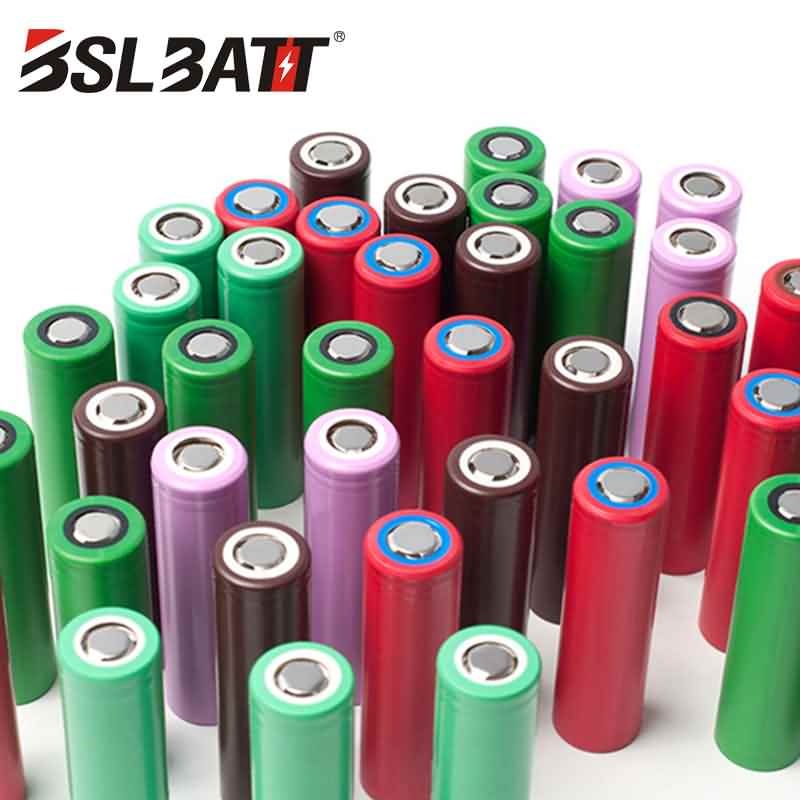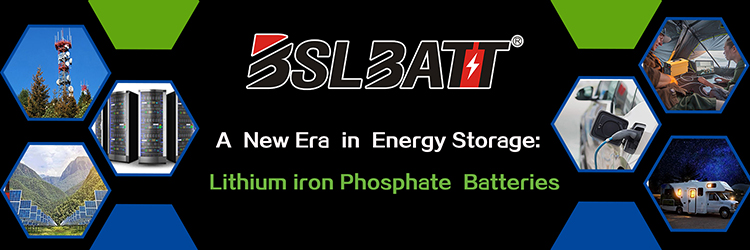Welcome to BSLBATT Lithium battery factory. As the online leader in lithium batteries, telecom equipment and renewable energy products, BSLBATT is providing customers with more stable, durable and efficient clean power solution. Whether you need Lithium iron batteries for your current system or a fully-customized package renewable energy solution, BSLBATT can provide you with best product and solution.
The lithium-ion battery is very popular in a wide range of household electronics. They are common in items like MP3 players, phones, PDAs and laptops. Similar to other technologies, the lithium-ion battery has a wide range of pros and cons.

The pros:
High energy density: The high energy density is one of the chief advantages of lithium-ion battery technology. With electronic equipment such as mobile phones needing to operate longer between charges while still consuming more power, there is always a need to batteries with a much higher energy density. In addition to this, there are many power applications from power tools to electric vehicles. The much higher power density offered by lithium-ion batteries is a distinct advantage. Electric vehicles also need battery technology that has a high energy density.
Self-discharge: One issue with many rechargeable batteries is the self-discharge rate. Lithium-ion cells are that their rate of self-discharge is much lower than that of other rechargeable cells such as Ni-Cad and NiMH forms. It is typically around 5% in the first 4 hours after being charged but then falls to a figure of around 1 or 2% per month.
Low maintenance: One major lithium-ion battery advantage is that they do not require and maintenance to ensure their performance.
Ni-Cad cells required a periodic discharge to ensure that they did not exhibit the memory effect. As this does not affect lithium-ion cells, this process or other similar maintenance procedures are not required. Likewise, lead-acid cells to require maintenance, some needing the battery acid to be topped up periodically.
Fortunately one of the advantages of lithium-ion batteries is that there is no active maintenance required.
Cell voltage: The voltage produced by each lithium-ion cell is about 3.6 volts. This has many advantages. Being higher than that of the standard nickel-cadmium, nickel-metal hydride and even standard alkaline cells at around 1.5 volts and lead-acid at around 2 volts per cell, the voltage of each lithium-ion cell is higher, requiring fewer cells in many battery applications. For smartphones, a single cell is all that is needed and this simplifies power management.
Load characteristics: The load characteristics of a lithium-ion cell or battery are reasonably good. They provide a reasonably constant 3.6 volts per cell before falling off as the last charge is used.
No requirement for priming: Some rechargeable cells need to be primed when they receive their first charge. One advantage of lithium-ion batteries is that there is no requirement for this they are supplied operational and ready to go.
Variety of types available: There are several types of lithium-ion cell available. This advantage of lithium-ion batteries can mean that the right technology can be used for the particular application needed. Some forms of lithium-ion battery provide a high current density and are ideal for consumer mobile electronic equipment. Others are able to provide much higher current levels and are ideal for power tools and electric vehicles.
The cons:
Protection required: Lithium-ion cells and batteries are not as robust as some other rechargeable technologies. They require protection from being overcharged and discharged too far. In addition to this, they need to have the current maintained within safe limits. Accordingly, one lithium-ion battery disadvantage is that they require protection circuitry incorporated to ensure they are kept within their safe operating limits.
Fortunately, with modern integrated circuit technology, this can be relatively easily incorporated into the battery, or within the equipment, if the battery is not interchangeable. Incorporation of the battery management circuitry enables Li-ion batteries to be used without any special knowledge. They can be left on charge and after the battery is fully charged the charger will cut the supply to it.
The protection circuitry built into lithium-ion batteries monitors a number of aspects of their operation. The protection circuit limits the peak voltage of each cell during charge as excessive voltage can damage the cells. They are typically charged in series as there is normally only one connection for a battery and therefore as different cells may require different levels of charge there is a possibility of one cell experiencing a higher than the required voltage.
Also, the protection circuitry prevents the cell voltage from dropping too low on discharge. Again this can happen if one cell can store less charge than others on the battery and its charge becomes exhausted before the others.
A further aspect of the protection circuitry is that the cell temperature is monitored to prevent temperature extremes. The maximum charge and discharge current on most packs are limited to between 1°C and 2°C. That said, some do become a little warm on occasions when fast charging.
Ageing: One of the major lithium-ion battery disadvantages for consumer electronics is that lithium-ion batteries suffer from ageing. Not only is this time or calendar dependent, but it is also dependent upon the number of charge-discharge cycles that the battery has undergone. Often batteries will only be able to withstand 500 – 1000 charge-discharge cycles before their capacity falls. With the development of Li-ion technology, this figure is increasing, but after a while, batteries may need replacing and this can be an issue if they are embedded in the equipment.
Lithium-ion batteries also age whether they are in use or not. Despite the usage, there is also a time-related element to the reduction in capacity. When a typical consumer lithium cobalt oxide, LCO battery or cell needs to be stored it should be partially charged – around 40% to 50% and kept in a cool storage area. Storage under these conditions will help increase life.
Transportation: This Li-ion battery disadvantage has come to the fore in recent years. Many airlines limit the number of lithium-ion batteries they take, and this means their transportation is limited to ships.
For air travellers, lithium-ion batteries often need to be in carry-on luggage, although with the security position, this may change from time to time. But the number of batteries may be limited. Any lithium-ion batteries carried separately must be protected against short circuits by protective covers, etc. It is particularly important where some of the large lithium-ion batteries like those used in large power banks.
It is necessary to check before flying whether a large power bank can be carried or not. Sadly the guidance is not always particularly clear.
Cost: A major lithium-ion battery disadvantage is its cost. Typically they are around 40% more costly to manufacture than Nickel-cadmium cells. This is a major factor when considering their use in mass-produced consumer items where any additional costs are a major issue.
Developing technology: Although lithium-ion batteries have been available for many years, it can still be considered an immature technology by some as it is very much a developing area. This can be a disadvantage in terms of the fact that technology does not remain constant. However as new lithium-ion technologies are being developed all the time, it can also be an advantage as better solutions are coming available.






























